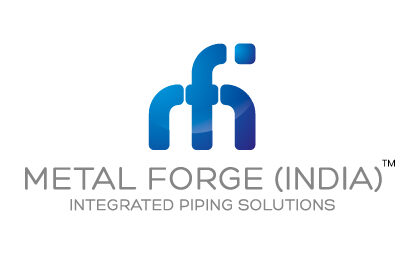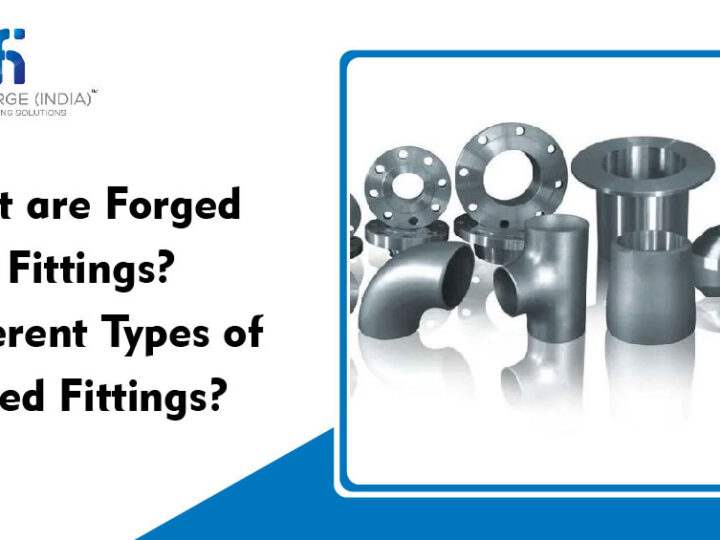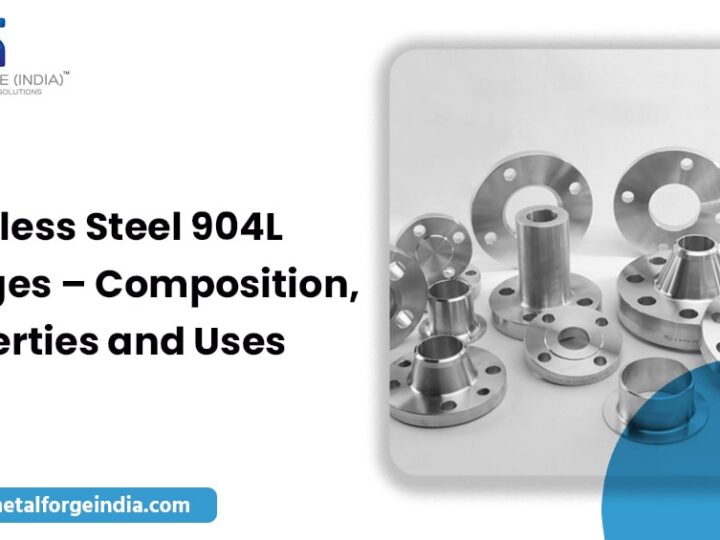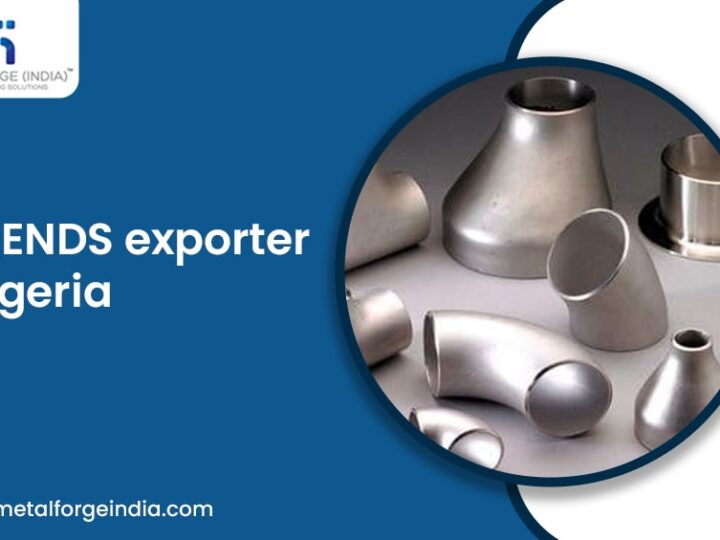
Socket weld flanges are usually used in piping systems for ease of meeting and welding. However, they’re now not advocating for excessive-pressure programs due to several inherent obstacles. In this publication, Metal Forge India will explore the motives why socket weld flanges aren’t suitable for excessive-pressure environments and speak opportunity answers for such programs.
- Lack of Reinforcement: One of the number one motives socket weld flanges aren’t recommended for high-strain applications is their lack of reinforcement. Unlike butt-weld or threaded flanges, which provide extra reinforcement through welding or threading, socket weld flanges depend solely on the electricity of the socket weld joint. This could make them liable to failure under excessive stress situations.
- Stress Concentration: Socket weld flanges create stress awareness at the basis of the weld due to the abrupt transition between the pipe and the flange. This pressure awareness can result in fatigue failure, mainly under cyclic loading situations normally encountered in high-pressure structures.
- Limited Joint Integrity: Socket weld joints might not provide the identical degree of joint integrity as butt weld or threaded joints. The welding method for socket weld flanges can be tough, specifically in tight spaces or with large pipe sizes, leading to potential weld defects or inconsistencies that compromise the integrity of the joint.
- Susceptibility to Corrosion: Socket weld joints are extra susceptible to corrosion in comparison to butt weld or threaded joints. The lack of complete penetration welds and the presence of crevices at the foundation of the weld create areas where corrosion can arise, leading to premature failure of the joint, specifically in corrosive environments encountered in high-pressure programs.
- Difficulty in Inspection and Maintenance: Socket weld joints are extra tough to check out and keep compared to butt weld or threaded joints. The socket weld joint is usually hidden in the socket of the flange, making it tough to visually inspect for defects or corrosion. This can result in undetected problems that compromise the integrity of the joint over the years.
Alternative Solutions for High-Pressure Applications:
- Butt Weld Flanges: Butt weld flanges are desired for excessive-stress applications because of their advanced energy and integrity. The complete penetration welds provide wonderful reinforcement and joint integrity, making them suitable for dealing with excessive-strain environments with minimal risk of failure.
- Threaded Flanges: Threaded flanges offer an opportunity to socket weld flanges for excessive stress packages, specifically in smaller pipe sizes. The threaded connection gives a steady and dependable joint that can resist high-stress situations without the danger of weld-related troubles.
- Weld Neck Flanges: Weld neck flanges are another appropriate alternative for excessive-stress packages. They feature a tapered hub that gives extra reinforcement and enables the distribution of stress greater frivolously, decreasing the danger of fatigue failure below excessive-pressure situations.
While socket weld flanges offer convenience and ease of assembly, they are not recommended for high-pressure applications due to their inherent limitations. Butt-weld threaded, and weld neck flanges are preferred alternatives that provide superior strength, integrity, and reliability in high-pressure environments, ensuring the safe and efficient operation of piping systems. If you want to know more, visit Metal Forge India for more information.





